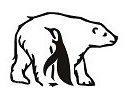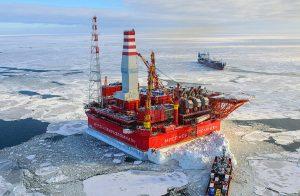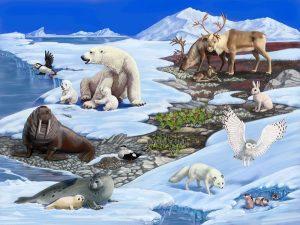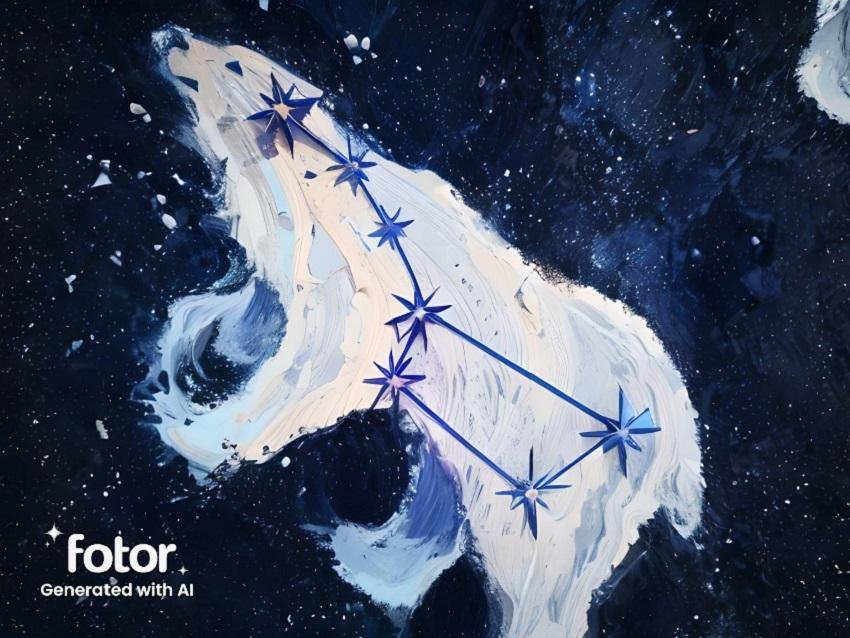
The constellation of the Big Dipper
At first glance, the Arctic and Antarctica are easy to confuse: similar names, identical snow-covered landscapes, icy icebergs, bird bazaars and, of course, handsome whales.
However, these two polar regions are diametrically opposed to each other not only on the map, but also in their essence.
The word “arktikos” translates as “northern, located under the constellation Ursa Major.” Since ancient times, travelers have been guided by the North Star in this constellation.
And the word “Antarctica” consists of two parts: “Anti” and “Arctic”, that is, the territory opposite to the Arctic at the other pole of the Earth.
Where are the Arctic and Antarctic?
The Arctic is the territories around the North Pole, which includes the Arctic Ocean, adjacent parts of the Atlantic and Pacific Oceans, and the polar regions of two continents – North America and Eurasia.
Antarctica is the area around the South Pole, including the continent of Antarctica, nearby islands and adjacent parts of three oceans: the Atlantic, Indian and Pacific – Southern Ocean.
Both of these territories are considered polar, as they are located beyond the arctic circles: the Arctic is behind the northern ones, and Antarctica is behind the southern one.
Antarctica is covered by a century-old ice sheet in places up to 4 km. But what is under these centuries-old ice?

On the Arctic coast
Landscape
The topography of the Arctic and Antarctic differ significantly from each other. The northernmost point of the Earth is located in the middle of the Arctic Ocean, while the southernmost lies in the center of the continent of Antarctica.
You could even say that: The Arctic is an ocean surrounded by land, and Antarctica is a land surrounded by an ocean.
As we have already found out, the North Pole, the very heart of the Arctic, is located right in the Arctic Ocean, and accordingly, at sea level.
The South Pole is located almost in the center of the continent of Antarctica, the territory of which is almost completely covered by a multi-kilometer ice sheet.
There are mountains on it. Few managed to conquer its peak – Vinson Massif – 4897 m above sea level. And there are active volcanoes in Antarctica!
Climate and weather
The seasons in the Northern and Southern hemispheres do not coincide, in one it is winter, in the other it is summer at this time. At the same time, they are characterized by long cold winters and short cool summers.
Summer in the Arctic lasts from June to early September, so vegetation does not have time to grow. The polar day contributes to a more intense melting of the ice.
In the Southern Hemisphere, summer begins in late November and ends in February. Despite the fact that Antarctica is almost completely covered with ice, it is considered a desert – there is almost no precipitation and there are hurricane-force winds: up to 90 m/s.
Although the climate in these places is similar, the south is not suitable for polar bears, and the north is unsuitable for penguins. Polar bears, moving across the ice cover and looking for wormholes in them, feed mainly on seals.
Nature and wildlife
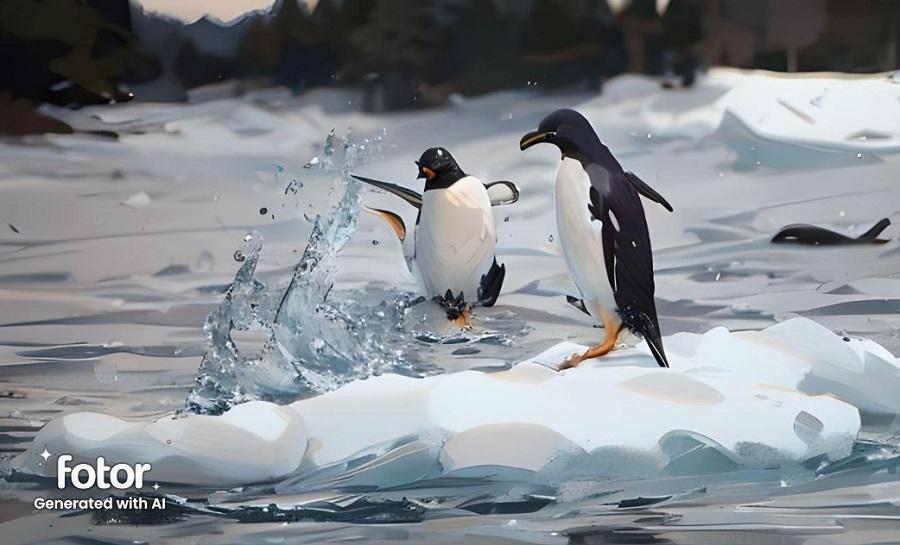
Penguins in Antarctica
Despite the fact that the Arctic and Antarctic are known for their harsh climatic conditions, these are some of the most amazing ecosystems on the planet, which are home to many amazing creatures.
The Arctic and Antarctic are unique in their own way in terms of flora and fauna. Many species living in these territories are endemic, that is, characteristic only of these regions.
Marine mammals such as polar bears, seals and walruses predominate in the Arctic, while reindeer and birds predominate on the coast. Polar bears are found only in the northern polar latitudes. But penguins do not live in the north!
There are no large animals on land in Antarctica. The waters of Antarctica are rich in marine mammals, and the coasts are rich in birds. There are many unique species of animals in Antarctica: whales and seals, and different species of penguins.
But polar bears and walruses are found only in the Arctic. There is also a rich flora in the northern latitudes – more than 1,500 species of plants and mosses, whereas almost nothing grows in Antarctica – ice prevails there.
The legal status of the polar territories
According to the international convention, Antarctica does not belong to any State. Mining is not carried out on its territories, as well as nuclear tests and the burial of radioactive waste are prohibited.
The main purpose of the Convention is to ensure the use of Antarctica for the benefit of all mankind exclusively for peaceful purposes. There are many scientific stations of various states here.
The Arctic region stretches widely and covers the territories of 8 countries: Russia, Canada, the USA, Norway, Denmark (Greenland), Finland, Sweden and Iceland. More than 4 million people live permanently in the Arctic, while there are no permanent residents in Antarctica.
